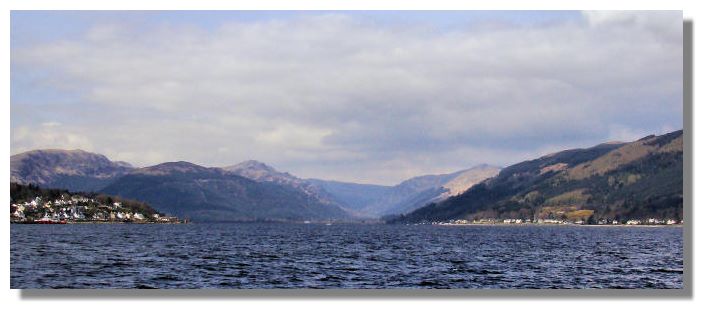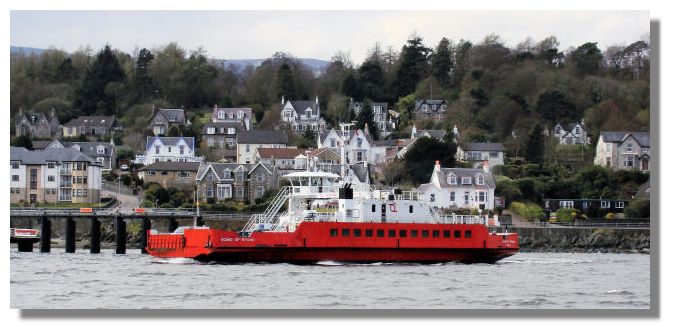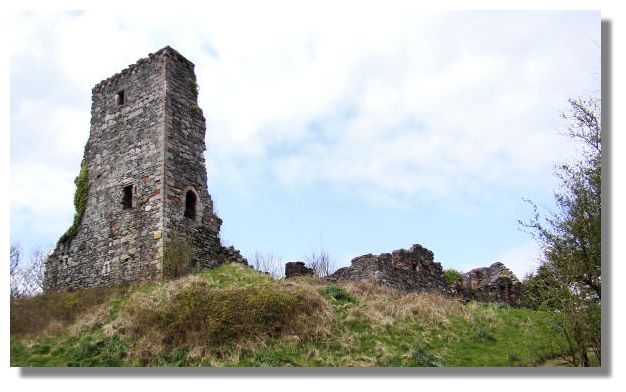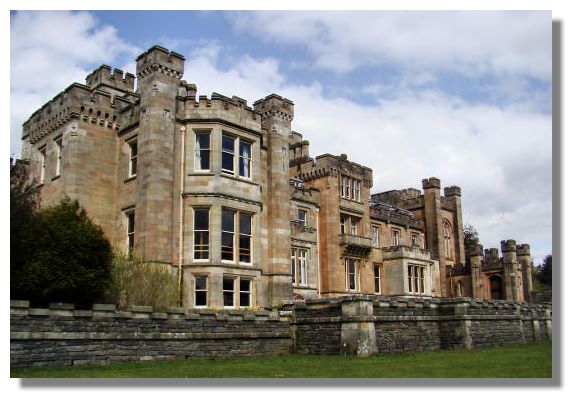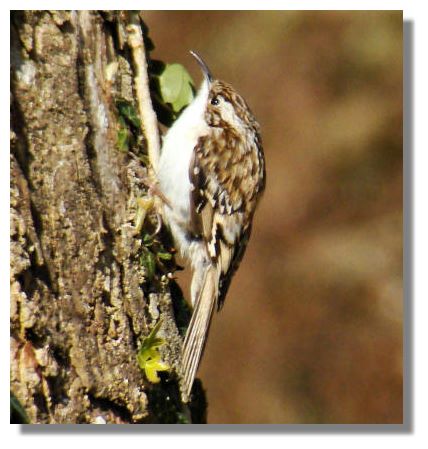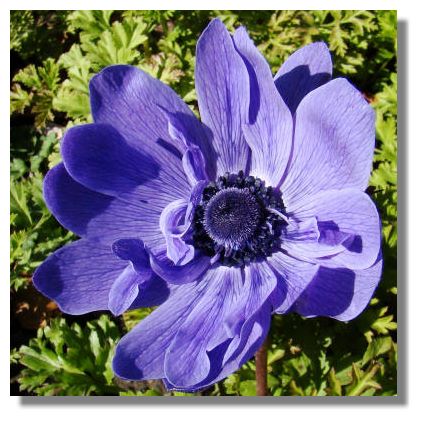The Rampant Scotland Newsletter includes a number of photographs which illustrate the weather and the seasons, plus the flora and fauna of the current week around Scotland. This separate "colour supplement" displays some more pictures, in a larger format. Here is this week's crop of Scottish views!
This is the broad sweep of the Firth of Clyde, looking north towards Loch Long. "Firth" is the Scots word for an arm of the sea reaching inland, often formed by the estuary of a river. Other well-known firths are Firth of Forth and Firth of Tay in the east, the Solway Firth in the south-west and Moray Firth in the north. The word is related to the Norse word "fjord" and came to Scotland with the Vikings.
These days, there are two competing ferry companies taking vehicles and passengers across the Firth of Clyde between Greenock / Gourock in Inverclyde and Dunoon in Argyll. Western Ferries terminus is shown here, at Hunter's Quay, a short distance north of Dunoon. Western Ferries is particularly popular as it runs a frequent service. The vessel here - "Sound of Shuna" - was leaving just as the ferry arrived from Gourock. By the time it has unloaded and taken on the next load, the next one was approaching the quay.
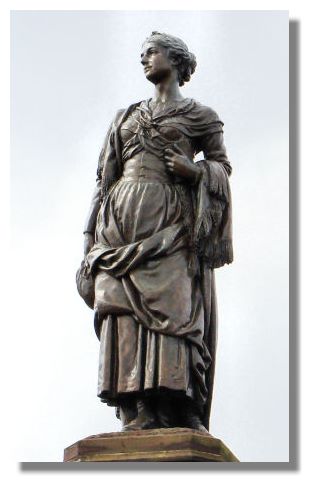
"Highland Mary" was born a straw thatched cottage on Auchnamore farm, near Dunoon in 1764 and was immortalised by Scotland's national poet, Robert Burns. The statue is located below the remains of Dunoon Castle and was purchased by public subscription to commemorate the 100th anniversary of the death of Robert Burns in 1896. Mary Campbell was a Gaelic speaker and so when she moved to Ayrshire to work as a nursemaid she spoke English with a Highland lilt, so earning her nickname. She served a family in Castle of Montgomery near Tarbolton in Ayrshire and was spotted there by Robert Burns. They fell in love but Burns was also involved with Jean Armour at the time - she was expecting his child. Mary moved away in 1786 but there are suggestions that they later met and had at least an informal "marriage". Mary died later that same year of typhoid. It was after her death that Burns wrote the song Highland Mary.
Castle Toward, seven miles south of Dunoon, on the southern tip of the Cowal peninsula, was the property of the Lamonts who owned Cowal from 1200 or perhaps even earlier. Mary Queen of Scots visited them at Castle Toward in 1563. In 1646, during the Civil War, the Campbells (who themselves had suffered a major defeat and loss of Inverlochy Castle the year before at the hands of the MacDonalds) captured and burnt Castle Toward as the Lamonts supported the MacDonalds. The Campbells promised the Lamonts they could go free if they surrendered - and promptly massacred and mistreated any Lamonts they could find. The castle was never occupied again and was sold in 1809.
In the 1820s, a new Castle Toward was built by Kirkman Finlay, a former Lord Provost of Glasgow. This building was not a fortified castle, of course, but a mansion house, with the earlier historic castle within its grounds. These days the building is now a residential outdoor education centre.
The Treecreeper bird is well named, running up tree trunks and branches, probing the bark with its curved bill looking for insects. It never runs down - it takes to the air to go down and start the next ascent. It is rarely at rest and as it scampers up trees, this small bird can easily be mistaken for a mouse!
Anemones come in many different varieties, providing flowers from spring through to autumn. This one was providing a welcome splash of colour in the walled garden at Culzean Castle Country Park, where the summer herbaceous border looks bereft of flowers at this time of year.If you want to look back at earlier editions of this Colour Supplement, there is an Index Page
